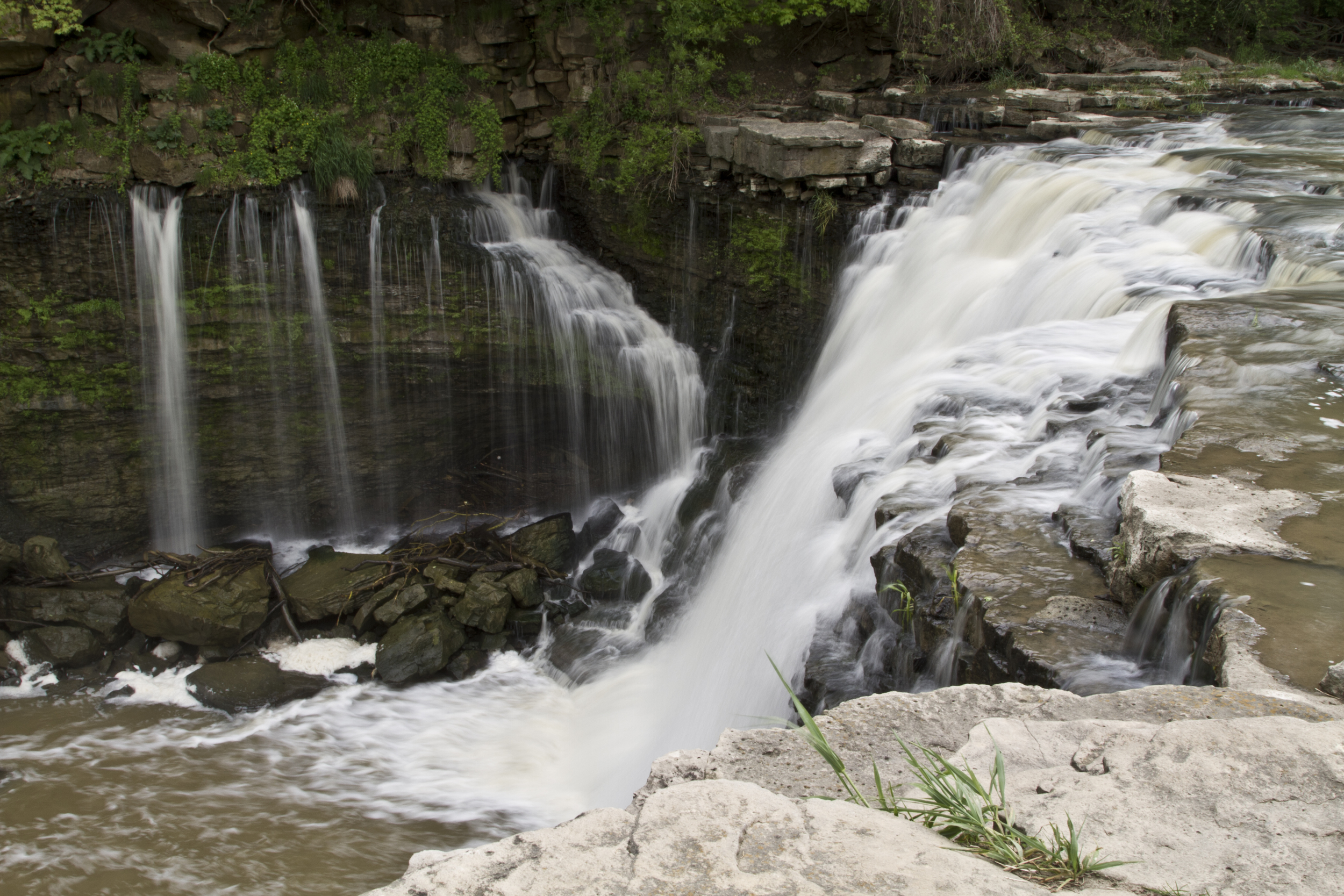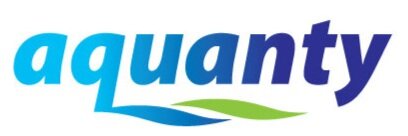
Post-doctoral research opportunity in quantitative hydrologic science
Assiniboine River Basin – Land use change impact assessment
The successful candidate for this position will spearhead a high-resolution modeling analysis of land-use change influences on the hydrologic characteristics of the Assiniboine River Basin, with specific focus on flood and drought resiliency. As part of the larger Assiniboine River Basin team at Aquanty......
HGS Parallelization - Best Practices
Fully-integrated hydrologic simulations, such as those performed with HydroGeoSphere, involve highly nonlinear processes, and thus the computational efficiency of the model becomes a critical issue for those performing hydrologic simulations. HGS was parallelized by Hwang et al., 2014 to over come this challenge.
The post summarizes how to setup a parallel HGS simulation, as well as some general best practices for running a parallel simulation.
HGS Research Highlight - Dual permeability modeling of tile drain management influences on hydrology and nutrient transport in macroporous soil
This post features a recent study by Frey et al., 2016 who used 2-dimensional dual permeability HydroGeoSphere models to simulate the flow and transport of liquid swine manure and rhodamine tracer application on a macroporous clay loam under controlled (CD) and free drainage (FD) tile management.
Webinar - Introduction to Integrated Hydrologic Modelling with HydroGeoSphere
We recently recorded a webinar for the National Centre for Groundwater Research and Training (NCGRT) in Australia titled: "Introduction to Integrated Hydrologic Modelling with HydroGeoSphere" presented by Dr. Ed Sudicky and Dr. Steven Frey.
HGS Research Highlight - Coupled atmospheric, land surface, and subsurface modeling: Exploring water and energy feedbacks in three-dimensions
This post highlights the recent study by Davison et al. (2015) on the coupling of HGS to an Atmospheric Boundary Layer (ABL) model. Implementing the coupled HGS-ABL model the authors found ...
HGS Research Highlight - A simple iterative method for estimating evapotranspiration with integrated surface/subsurface models
This work presents an iterative, water balance based approach to estimate actual evapotranspiration (ET) with integrated surface/subsurface flow models. Traditionally, groundwater level fluctuation methods have been widely accepted and used for estimating ET and net groundwater recharge; however, in watersheds where interactions between surface and subsurface flow regimes are highly dynamic, the traditional method may be overly simplistic....
HGS Research Highlight - An exploration of coupled surface-subsurface solute transport in a fully integrated catchment model
Coupling surface and subsurface water flow is one of the strengths of fully integrated hydrological codes such as HydroGeoSphere (HGS). Following the coupling of surface-subsurface water flow, is coupling of surface-subsurface solute transport, although this subject has received less attention in the literature. ...
